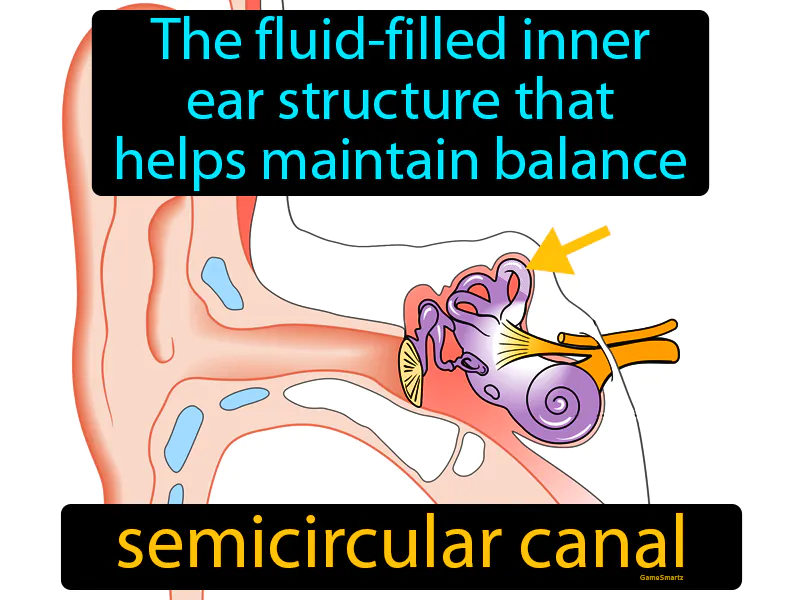Stress, Health, and Healing

Every day, life presents us with events and stimuli, both internal and external, that cause us stress. The normal stress response is actually a positive process. Stress is responsible for the fight or flight response, which is a critical survival response. Although we humans are no longer running away from lions and bears (at least not most of us and not on a regular basis), this response is still essential for avoiding being hit by a car or running to grab your toddler before she runs into the street. This important stress response is very fast-acting. Within seconds, our adrenal glands secrete hormones into our bloodstream that act to increase our heart rate, breathing rate, blood pressure, and blood sugar so that our muscles and brains can react rapidly. Once a threat has passed, other body systems act to restore normal functioning.
However, if the stress response goes on too long, such as when the source of stress is constant, or if the response continues after the danger has subsided, the body never receives the signal that the threat has passed and normal functioning is not restored. Hormones that elevate blood pressure, heart rate, and blood glucose continue to be released.
With chronic stress, the same neurochemicals that are life-saving in short bursts are continually released and can suppress functions that aren't needed for immediate survival. Immunity is lowered and the digestive, endocrine, excretory, and reproductive systems stop working normally. We are constantly in fight or flight mode and react to normal events as if they are threatening.
Continued strain on the body from routine stress may lead to serious health problems, such as heart disease, high blood pressure, diabetes, obesity, depression, anxiety disorder, and other illnesses. Chronic stress suppresses the immune response 40-70% below baseline, leaving us vulnerable to illness. It also results in inflammation due to continued release of stress hormones, which may lead to an autoimmune condition or increase muscle and joint pain.
There are a few different types of stress. Basic categories of stress are eustress and distress. Eustress is the positive stress that motivates us, focuses our energy, is perceived as within our coping abilities, feels exciting, and improves performance. This type of stress is short-lived. Distress (what we often refer to simply as “stress”) is negative stress that causes anxiety or concern, feels unpleasant, is perceived as outside of our coping abilities, decreases performance, and can lead to physical and mental problems. This type of stress can be short-term or long-term.
There are many ways to reduce stress and reduce the harmful effects that chronic stress can have on our bodies and minds. A good place to start is with relaxation exercises that can be done at any time of the day. One technique is diaphragmatic breathing, or "deep belly" breathing—slowly breathing in and then slowly breathing out. Progressive muscle relaxation is another nice way to systematically relax all of the muscles in your body. Pick a body part to start with, such as your face, and tighten up the muscles there. Then allow the muscles to completely relax and feel the tension melt away while breathing slowly and calmly in and out. Light stretching of your arms, shoulders, neck and legs can relieve tension as you breathe calmly and allow those muscles to relax.
Other aspects of a healthy lifestyle, such as exercising regularly, eating a lot of plants in your diet, and getting enough quality sleep (7-9 hours per night) also help to alleviate stress. Connecting with others—family, close friends, community members—has been shown over and over again to relieve stress and have very positive effects on physical and mental health.
Practices such as gratitude journaling and making a physical list of the tasks that you know you can accomplish have also been shown to help reduce stress levels and improve feelings of happiness and control.
The way you think, feel and respond to situations impacts every major system in the body. You can start taking steps to reduce stress levels, change how you think and feel, and build your resiliency to improve your health.
References and Useful Resources
• Ferguson, D; McMinn, D. (2003). Emotional Fitness, Developing a Wholesome Heart.
• Hillegass, EA, Sadowsky, HS. Essentials of Cardiopulmonary Physical Therapy, 2nd ed. Philadelphia: Saunders; 2001.
• McArdle, WD, Katch, FI, Katch, VL. Exercise Physiology: Energy, Nutrition, and Human Performance, 5th ed. Philadelphia: Lippincott Williams & Wilkins; 2001.
• Murray, Michael T. ; Pizzorno, Joseph. (2012). The encyclopedia of natural medicine, 3rd ed. Atria Books.
• Wilson, J. L. (2014). Adrenal fatigue: The 21 century stress syndrome: What it is and how you can recover your energy, immune resistance, vitality and enjoyment of life. Petaluma: Smart Publications.


















